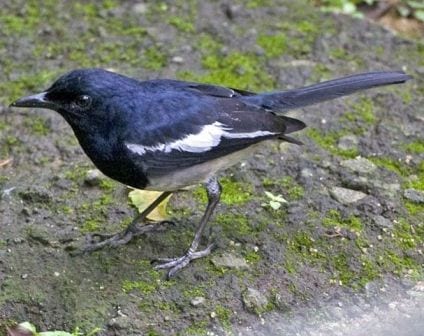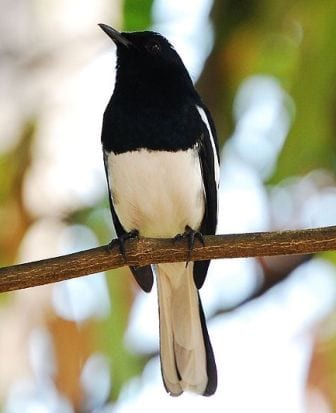Specimen of the Week: Week 115
By Emma-Louise Nicholls, on 23 December 2013
 IT’S CHRISTMAS!!!!!!!!!!!!!!!! (Nearly). Two days to go and I already can’t sleep I’m so excited. My house is adorned with hanging decorations, two Christmas trees (one’s tiny in my defence), tinsel on all the shelves, and a very cheap looking Christmas wreath from Poundland purchased after the budget ran out. It is a Christmas wonderland and so, it is no surprise I imagine that you are about to read about a Christmassy animal. But not one you might be expecting. This week’s Specimen of the Week is…
IT’S CHRISTMAS!!!!!!!!!!!!!!!! (Nearly). Two days to go and I already can’t sleep I’m so excited. My house is adorned with hanging decorations, two Christmas trees (one’s tiny in my defence), tinsel on all the shelves, and a very cheap looking Christmas wreath from Poundland purchased after the budget ran out. It is a Christmas wonderland and so, it is no surprise I imagine that you are about to read about a Christmassy animal. But not one you might be expecting. This week’s Specimen of the Week is…
**The oriental magpie robin**

Could this be the future of Hallmark Christmas cards?
The disarticulated oriental magpie robin skeleton
(Copsychus saularis) LDUCZ-Y408
1) What more Christmassy animal is there than the robin? Its characteristic red breast and brown back adorns millions of Christmas cards, perching on leafless branches laden with snow. Yeah well that’s too obvious, so we are going to learn about the oriental magpie robin instead. Which is in the same family as our robin red breast, but it looks like a magpie. Black back, white belly, black and white wings. Yep, we could be talking about magpies. The main difference of course is the size. At only 19 cm in total length, the oriental magpie robin is less than half the size of the Eurasian magpie.
2) The oriental magpie robin inhabits open woodland and cultivated areas of Southern Asia. Its range stretches from Bangladesh, Pakistan, India, Sri Lanka, South China and down into Borneo and Indonesia. Some reports suggest that the range extends north into Afghanistan, but it is thought that the oriental magpie robin is probably a recent visitor, perhaps due to climate change. Time will tell if the bird settles in the area or not.

The oriental magpie robin. (Image taken by Lip Kee Yap. Image obtained from www.commons.wikimedia.org)
3) The nest of the oriental magpie robin is more a hole in a tree, than an actual nest. This species is attracted to humans (weirdos) and are frequently found in large numbers around human habitation. Subsequently, a hole in a wall is just as likely to have a nesting oriental magpie robin in it as a hole in a tree.
4) The oriental magpie robin can fly, as with most (though not all) birds. However, it much prefers to hop along the ground with a cocked tail. When moving about in this terrestrial fashion, they hunt for ants, geckos and leeches. (Urgh). However they are not unskilled in flying, and in fact frequently catch insects mid-air, before landing on a perch somewhere to devour their spoils. Up to six oriental magpie robins are often seen feeding together in a group.

The very magpie-ish looking male
oriental magpie robin. (Image taken by
Challiyan. Image obtained from
www.commons.wikimedia.org)
5) The female will lay a clutch of between three and six eggs in the hole-nest. Both the mother and father will help to incubate the eggs, for up to two weeks until the eggs hatch. Juvenile oriental magpies resemble the females more than the males, which are just a drearier version of the males. Instead of the resplendent monochromatic black and white gleaming plumage of the male, the females and juveniles are more… charcoal-grey. Juveniles also sometimes appear mottled brown.
Emma-Louise Nicholls is the Curatorial Assistant at the Grant Museum of Zoology
 Close
Close

